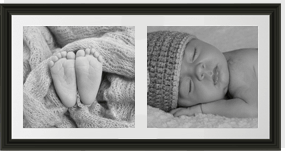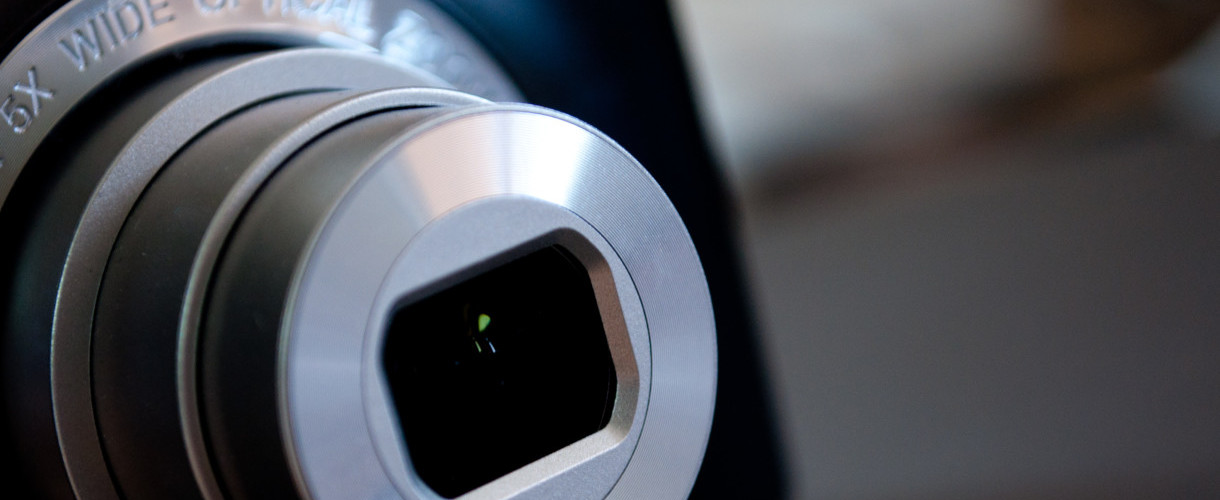How to Choose a Digital Camera- Basics of Photography Part 1
The first ever paper film based camera was invented by George Eastman in 1889, called ‘Kodak’; a simple box camera with the accompanying company slogan: “You press the button-we do the rest”(1).
We have come a long way since then; we are now spoilt for choice when it comes to picking a camera, and just how much work cameras can essentially do on their own from the point at which you press that button.
From ‘point and shoots’ to DSLRs, what it really comes down to today when picking a camera is the amount of control you wish to have over your photography. Many cameras today come with settings already integrated into them meaning they automatically adjust to suit the picture, leaving little ‘work’ for the guy behind the lens.
There are many types of cameras out there including Enthusiasts Compacts, Underwater Cameras and Bridge Compacts, however the ones we talk about below are the more widely used.
Knowing your Camera Types:
Point and Shoot
Probably the most popular type of camera out there, the point and shoot cameras have grown a lot in the last few years, getting more compact, the majority are now digital (except ones such as disposables) and also include more sophisticated auto adjustments.
Point and Shoot cameras are great for beginners who are looking to develop their ability to identify a good photo, as well as those looking for a camera to simply capture memories, events and sights from their day to day lives. Not only that but being small and lightweight these are great cameras to carry around day-to-day.
A disadvantage of the point and shoot cameras? Although often coming with auto-adjust settings, there is little doubt that given the chance the person behind the lens could achieve a better photo with manual settings and personal image preference.
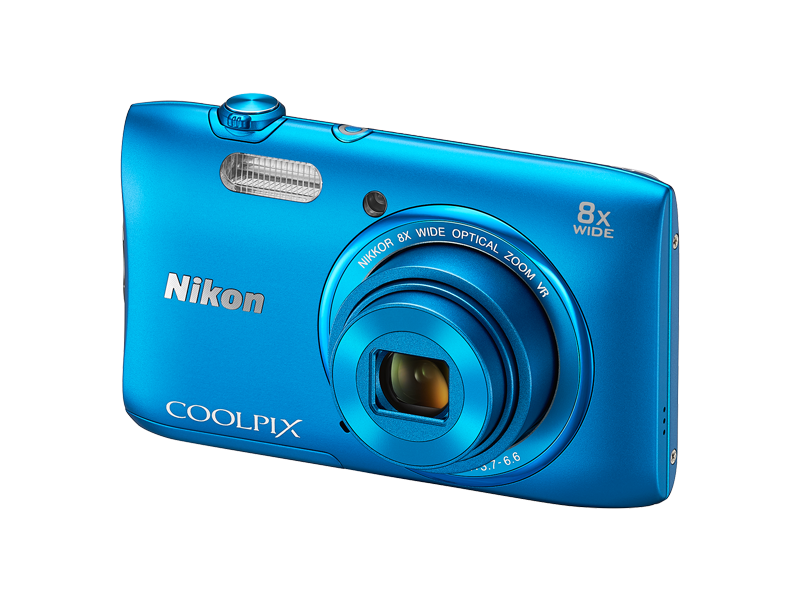
Nikon Coolpix S3600. Full Range:Nikon
Hybrids, ( Compact System)
Hybrids, or Compact System Cameras, provide photographer with the picture quality of a DSLR but essentially without the ‘fiddly bits’.
Compact Systems, don’t have nearly as many dials and buttons as a DSLR, which can either be a positive or negative dependent upon how much control you wish to have over your piece. However for someone just moving away from a ‘Point and Shoot’ these cameras are less intimidating and photographing comes more naturally than jumping straight to a DSLR.
As well as less buttons, Compact Systems are just that, compact. With less weight and less bulk, this makes them perfect for individuals who like to carry a high quality camera ‘just in case’ they come across a great photo opportunity, but don’t want to notice they are carrying around the weight of camera.
Although less fiddly bits, don’t presume Compact Systems are without image enhancement features. Many Hybrids have both built-in and manual settings, it’s just a case of finding the camera with the amount of settings available to suit your personal preference.
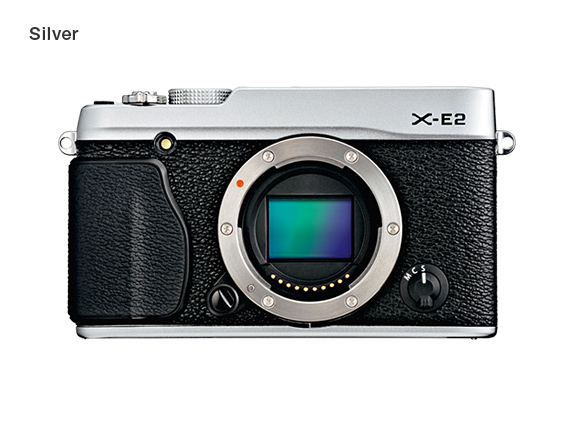
Fujifilm-X-E21. Featured:Pocket-lint and Techradar Best Compact Systems Camera Reviews
DSLR (Digital Single Lens Reflex).
Undoubtedly the choice of professional and serious photographers, the DSLR offers a greater range of photos to the photographer than the others. Although previously only manually adjusted, DSLRs today offer a combination of automatic and manual adjustments dependent upon the photographers personal preference, ultimately giving them more control.
As well as many more settings, buttons and dials, DSLRs are accompanied by interchangeable lenses which allows the person behind the lens to see the exact photo they are about to take through the viewfinder.
The fact that DSLRs are rarely updated shows how the image quality and adaptability (both automatic and manual) of the camera outweighs the potential obstacles of weight and ‘accessories’ that come with owning such a camera.
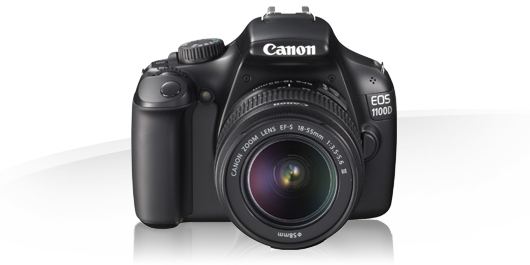
Canon EOS 1100D. Featured: Techradar andwhatdigitalcamera top DSLR cameras
What Specs to Look at When Picking a Camera:
Some things people forget to consider when purchasing a camera is to look at the technical specs and features. For example: finding they don’t have enough memory space on the camera for all the pictures they want to take in a shoot.
Once you have chosen the type of camera you want; here are a few basic things we think you should consider before handing over your money and purchasing a camera.
? Pixels/Resolution
Digital images are made up of tiny squares, not smooth as they appear. You can see this when you zoom too far into an image on your computer; zoom in far enough and the image will break up into these small squares, pixels. (A megapixel is a million pixels)
If you want to avoid a pixelated effect of your pictures you need to ensure that you have the right Megapixel camera for the end image size you want. For example:
|
|
Digital Resolution for Print |
| Digital resolution required (megapixels) |
Image size for print |
|
2.2Mp |
6×4 inches |
|
3.2Mp |
7×5 inches |
| 7.2Mp |
10×8 inches |
Source: which.co.uk
? Storage format/Memory e.g. SD, CF, USB
As cameras become more advanced, so do the storage options available; from Micro SD cards to Compact Flash, memory cards used in cameras vary both in terms of physical size and memory size, as well as differences in speed. If you are a more action and HD photographer, you would be better with a larger storage e.g. 16GB and above. Sandisk have a rough guide to the number of images your memory card will hold based around your cameras Megapixels Here.
? Digital Zoom, Optical Zoom
The majority of cameras will have both digital and optical zoom, however it is important to know the difference between the two. Digital zoom means that the camera will crop to your selection and then make it big enough to fill the frame, whereas optical zoom actually magnifies as it zooms leaving you with a more natural and quality finish.
? Charging
An important consideration when purchasing a camera is to look at the amount of use you can get out of the battery, after all no one wants to hike to the perfect view and then find they can only take one picture due to their battery life, we for one need more than once chance at that perfect shot.
Some cameras such as DSLR have additional battery packs which you can carry about, however with many compact cameras today, batteries are built in or rechargeable but only via USB to computer or mains. Therefore its important to have a rough idea of how long you will want your camera to last, and also consider extra power use if flash etc are in use.
? Size and Weight
This is a particular consideration if you are more of a whim photographer rather than making a plan to go and photograph something in particular. It is personal preference as to whether you are prepared to carry around a DSLR and its accessories or a smaller compact camera. It is here where you will need to decide whether you are prepared to compromise on quality for portability and less bulk.
For a quick overview of the differences of specs available in each type camera, take a look at this Guide.
What’s important to remember is that it is the shot that makes the photographer; being able to recognise a shot worth taking and going ahead and shooting it. A truly inspiring, beautiful and engaging photograph shouldn’t depend upon the settings behind it, and although these setting enhance many photographs, it doesn’t make photos taken with ‘point and shoots’ any less worthy of praise for the photographer.
Keep an eye on our blog and social pages for Part 2 in our ‘Basics of Photography’ Series: Guide to Digital SLR camera settings.
Sources: (1) : Kodak


